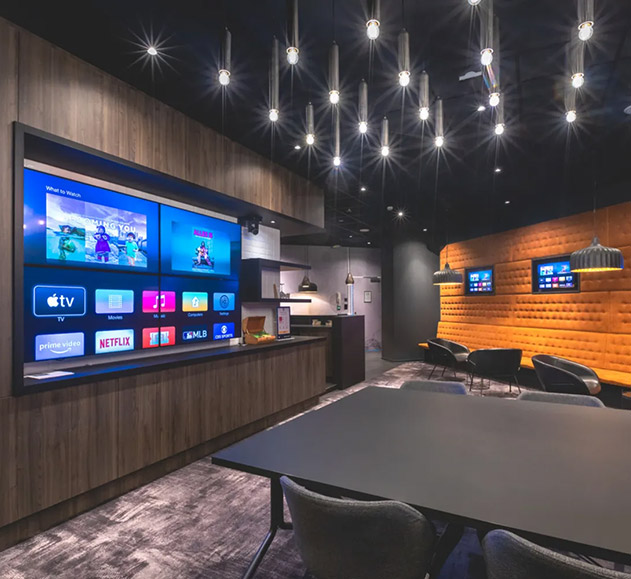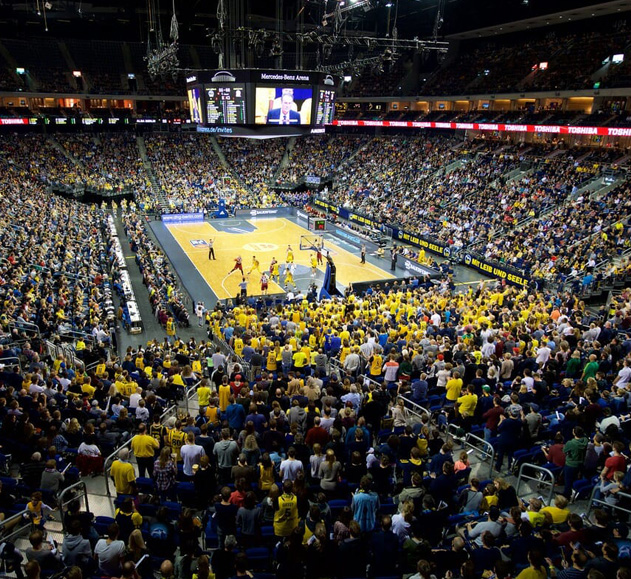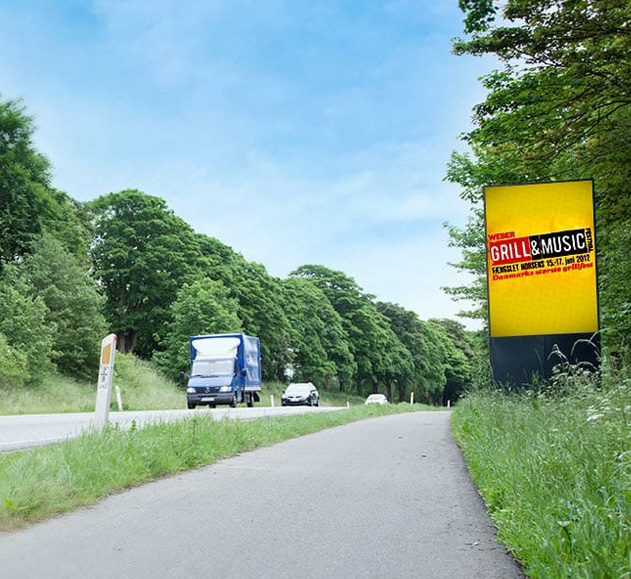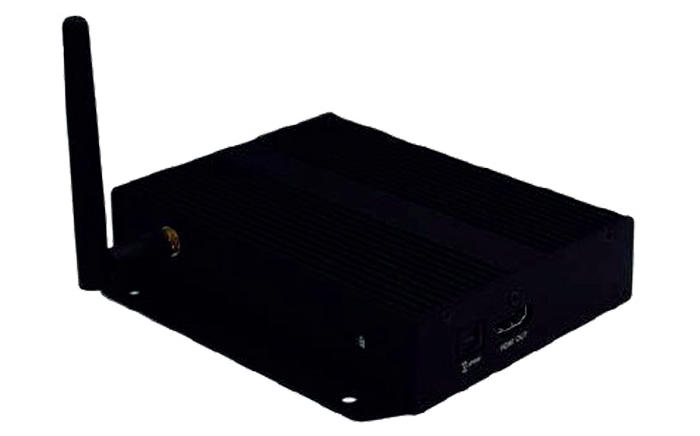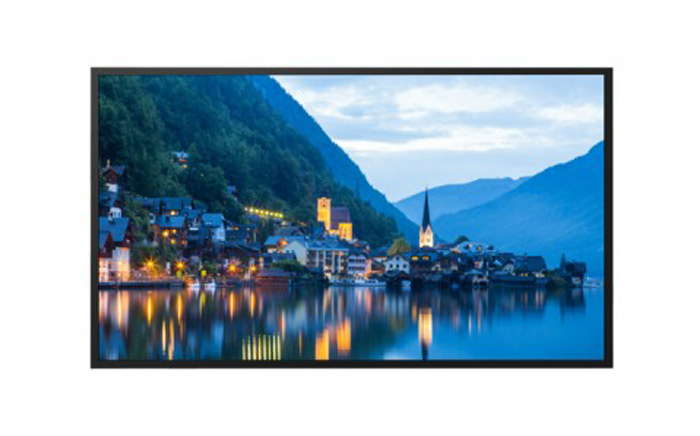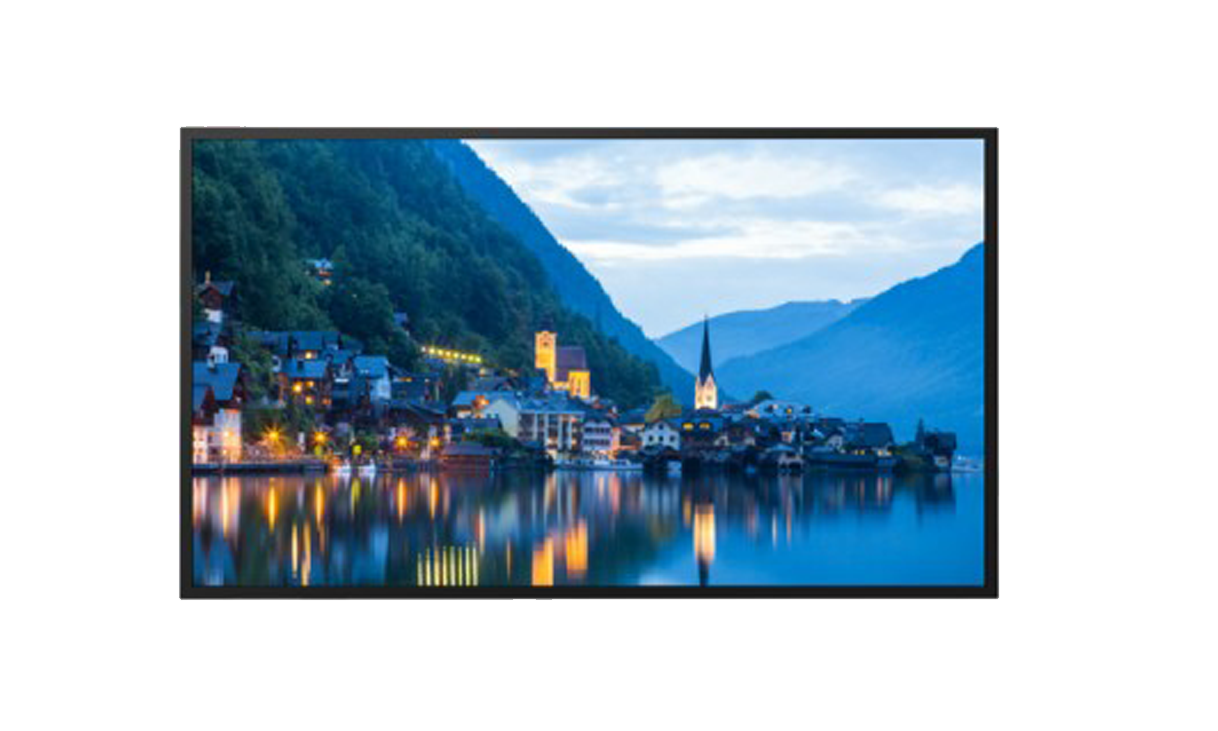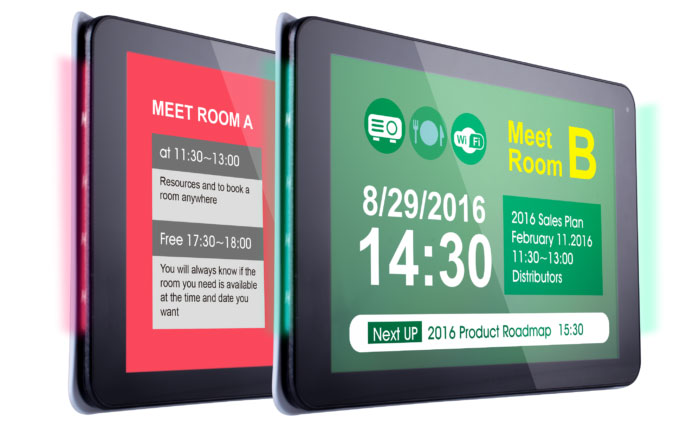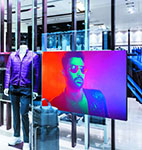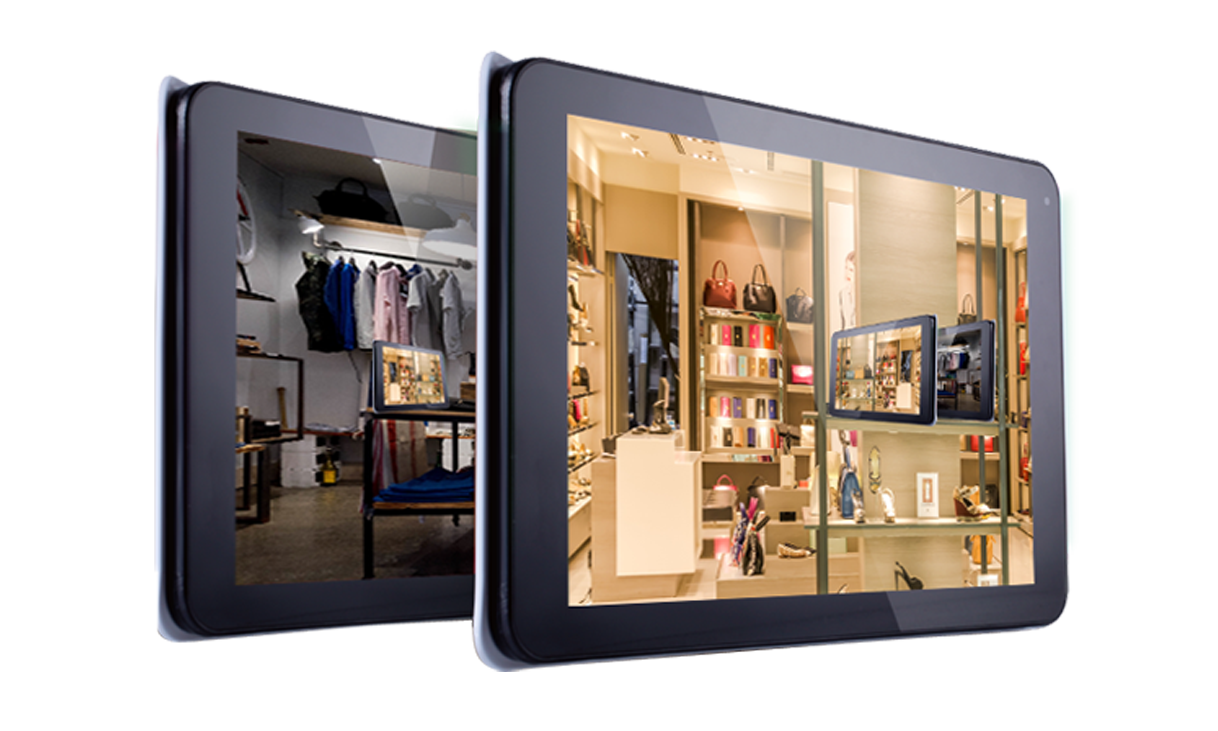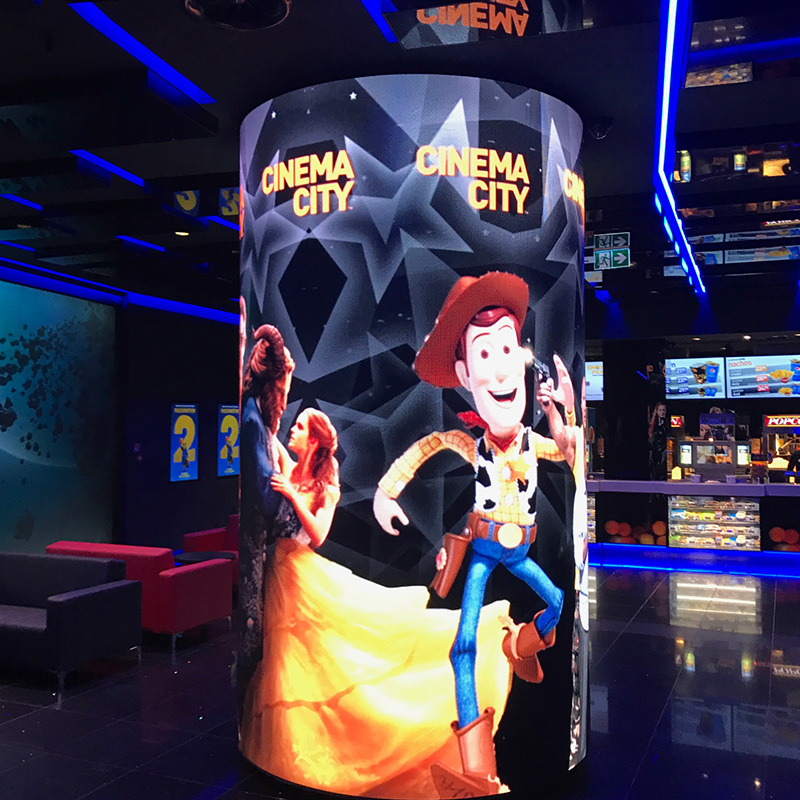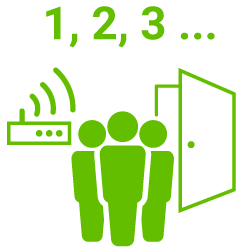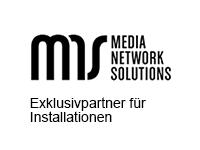Datenschutzeinstellungen
Cookie-Hinweis: Wir setzen auf unserer Webseite Cookies ein. Einige von Ihnen sind erforderlich, während andere uns helfen unser Online-Angebot zu verbessern. Sie können allen Cookies über den Button „Alle akzeptieren” zustimmen, oder Ihre eigene Auswahl vornehmen und diese mit dem Button „Auswahl akzeptieren” speichern.
Cookies
Diese Webseite verwendet Cookies. Wir verwenden Cookies, um Inhalte und Anzeigen zu personalisieren, Funktionen für soziale Medien anbieten zu können und die Zugriffe auf unsere Website zu analysieren. Außerdem geben wir Informationen zu Ihrer Verwendung unserer Website an unsere Partner für soziale Medien, Werbung und Analysen weiter. Unsere Partner führen diese Informationen möglicherweise mit weiteren Daten zusammen, die Sie ihnen bereitgestellt haben oder die sie im Rahmen Ihrer Nutzung der Dienste gesammelt haben. Sie geben Einwilligung zu unseren Cookies, wenn Sie unsere Webseite weiterhin nutzen.
Cookies sind kleine Textdateien, die von Webseiten verwendet werden, um die Benutzererfahrung effizienter zu gestalten. Laut Gesetz können wir Cookies auf Ihrem Gerät speichern, wenn diese für den Betrieb dieser Seite unbedingt notwendig sind. Für alle anderen Cookie-Typen benötigen wir Ihre Erlaubnis. Diese Seite verwendet unterschiedliche Cookie-Typen. Einige Cookies werden von Drittparteien platziert, die auf unseren Seiten erscheinen. Sie können Ihre Einwilligung jederzeit von der Cookie-Erklärung auf unserer Website ändern oder widerrufen. Erfahren Sie in unserer Datenschutzrichtlinie mehr darüber, wer wir sind, wie Sie uns kontaktieren können und wie wir personenbezogene Daten verarbeiten.
Ihre Einwilligung trifft auf die folgenden Domains zu: www.digitalsignage.de
Notwendig
| Name | Anbieter | Zweck | Ablauf | Typ |
| PHPSESSID | digitalsignage.de | Behält die Zustände des Benutzers bei allen Seitenanfragen bei. | Session | HTTP Cookie |
Statistiken
| Name | Anbieter | Zweck | Ablauf | Typ |
| _ga | Registriert eine eindeutige ID, die verwendet wird, um statistische Daten dazu, wie der Besucher die Website nutzt, zu generieren. | 2 Jahre | HTTP Cookie | |
| _gat | Wird von Google Analytics verwendet, um die Anforderungsrate einzuschränken | 1 Tag | HTTP Cookie | |
| _gid | Registriert eine eindeutige ID, die verwendet wird, um statistische Daten dazu, wie der Besucher die Website nutzt, zu generieren. | 1 Tag | HTTP Cookie |
Digital Signage Komplettlösungen vom Marktführer
Lifetime Premium Digital Signage Cloud CMS-Software made in Germany inklusive.
Unsere Produkte werden in 125.000 Installationen deutschlandweit erfolgreich eingesetzt.
Vereinbaren Sie jetzt einen kostenlosen Beratungstermin mit unserem Team!
Persönliche Beratung Mo-Do 9.00-17.00 & Fr 9.00-15.00, Tel. 0800 72400 98 oder +49 40 180 2410 80, E-Mail: vertrieb@digitalsignage.de
Digital Signage Komplettlösungen vom Marktführer
Lifetime Premium Digital Signage Cloud CMS-Software made in Germany inklusive.
125.000 Installationen deutschlandweit.
DS Channel Premium Digital Signage Cloud CMS-Software: Benutzerfreundlich. Cloudbasiert. Sofort startklar.
Profitieren Sie von unseren einzigartigen Vorteilen:
-
Lifetime Premium Cloud CMS-Software made in Germany inklusive
CMS-Software-Player-Lizenz & Lifetime Premium Digital Signage Cloud CMS-Software made in Germany inklusive. -
Premium Produkte für 24/7 Dauerbetrieb
Alle unsere Produkte sind Premium Produkte und für den anspruchsvollen rund im die Uhr Dauerbetrieb zertifiziert. 24 Stunden an 7 Tagen – ohne Kompromisse. -
3 Jahre Garantie mit Vorab-Austauschservice
Investitionssicherheit durch Premium Digital Signage Player & Signboards mit 3 Jahren Garantie und Vorab-Austauschservice im Garantiefall. -
Detaillierte Beratung
Kostenloses Webinar, um eine für Sie passende Digital Signage Lösung zu realisieren. -
Alles aus einer Hand
Beratung, Konzeption, Installation, Einrichtung, Content-Design, Content-Management & technischer Support. -
Sofortige Verfügbarkeit
Die meisten Produkte sind in unserem Zentrallager in Deutschland lagernd und sofort verfügbar. -
Erfahrung aus 125.000 Installationen
Als der Digital Signage Pionier haben wir den Digital Signage Markt in Deutschland mit aufgebaut. Sie profitieren von unserer Erfahrung aus 125.000 installierten Playern & Signboards in Deutschland. -
Sicher ist sicher
Digital Signage Cloud CMS gehostet im ISO27001 zertifizierten Rechenzentrum in Deutschland. -
DSGVO-Konform
Datenschutz zertifiziert durch das DSVGO Schutzteam.
Hier finden Sie weitere Informationen zu unseren Digital Signage Bestsellern:

Outdoor Touch Stele: Smart Touch Terminal Outdoor Cloud
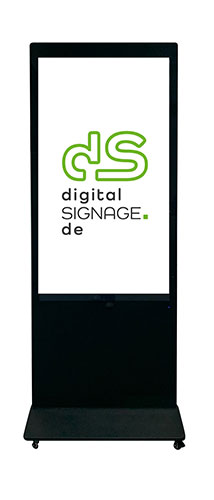
Indoor Touch Stele: Smart Touch Terminal Cloud
DS Channel
Die Kommunikationsplattform von digitalSIGNAGE.de für Bildschirme jeder Größe und Bauart.
Erhalten Sie die DS Channel Premium Digital Signage Cloud CMS-Software von digitalSIGNAGE.de Lifetime inklusive bei den Smart Player Cloud & Smart Signboard Cloud Serien.



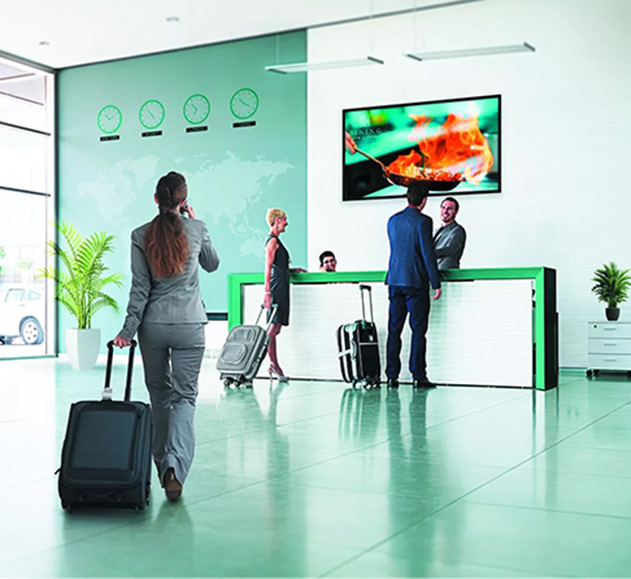
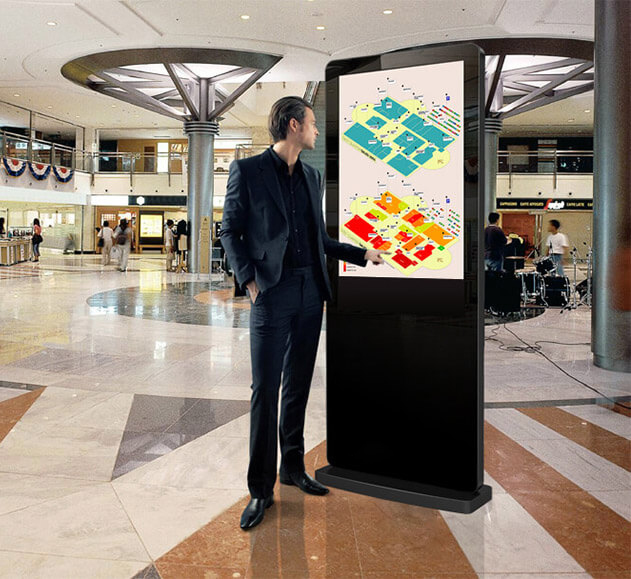

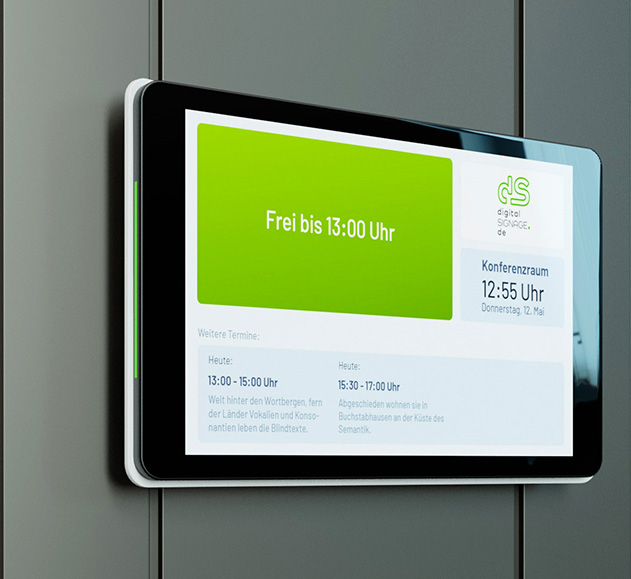



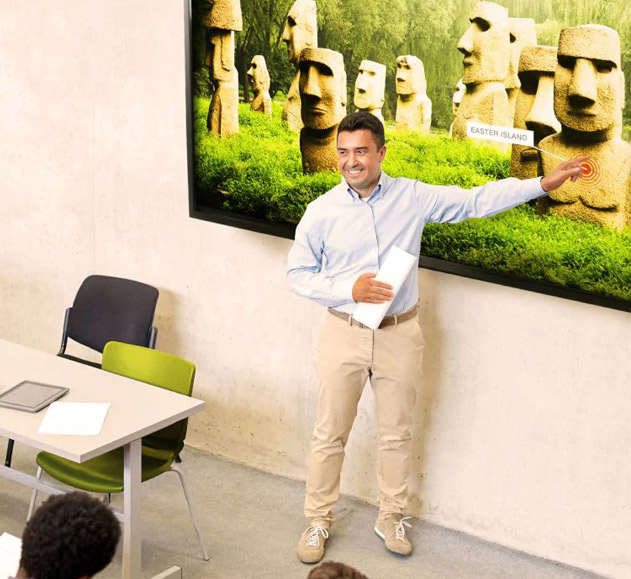


 Systeme im Wartezimmer inklusive 3 Jahre Cloud Software - IAdea Deutschland GmbH.jpg)
 Systeme fuer oeffentliche Einrichtungen inklusive 3 Jahre Cloud Software - IAdea Deutschland GmbH.jpg)
